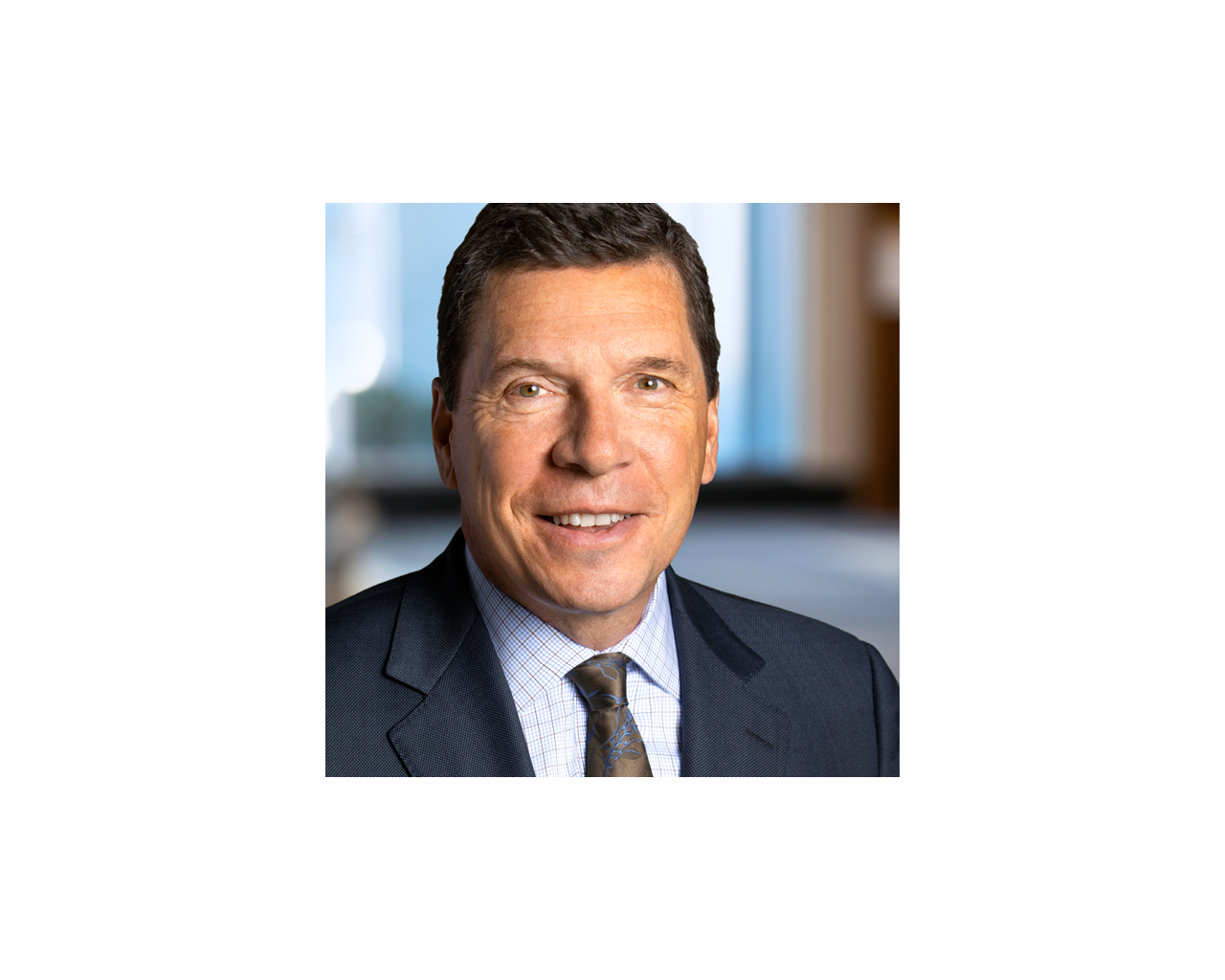The initial month of the pandemic was intense. Our first case was admitted at the beginning of March, and it was the result of a funeral service in Westchester County, which one of our providers had also attended. Although we were reasonably well prepared, we were scrambling to try to determine who might be at risk within our walls. Then, the admissions started coming in pretty quickly, creating a whole host of competing priorities.
We were quickly moving to set up testing sites, making sure we had the appropriate reagents, personal protective equipment and therapeutic strategies for patients. In addition, we examined modeling scenarios and tried to calculate the rate of rise to determine when it might peak. We then put together a plan to expand our capacity.
As we were looking at various models early in the pandemic, I realized that in about seven to 10 days we were going to exceed our capacity to deliver care. We were either going to run out of masks, gowns, ventilators or ICU beds; it was a tough time. I asked the leaders to think about the three mistakes that they did not want to make. That was really illuminating. We went back and looked at our plans and built in safeguards to mitigate those risks.
I’ve been in this position for more than a decade and have weathered a number of difficult situations and crises, including hurricanes, tornadoes, explosions, floods and the Sandy Hook shooting. When dealing with mass casualties and tragedy, you learn the importance of training and drills, and the value of being prepared cannot be overstated. We also have learned over time that it’s important to pay close attention to the situation well-beyond the immediate incident because the greatest needs are not always identified at the outset. It’s incumbent upon the leadership team to keep the lines of communication open. In the absence of communication, people fill in the gaps and may become frightened. Be honest about what you do and don’t know, and then share a plan.
It’s extremely important to acknowledge the emotional toll that any particular crisis may have on the people who are providing care. During the first weeks of the COVID-19 crisis, we had staff members who were getting sick; one week we had four healthcare workers on ventilators themselves.
Our staff was working overtime, they were exhausted physically and mentally, and they were also worried about contracting COVID-19. They still came to work and got the job done. There are a whole lot of heroes that work in healthcare. People who are called to healthcare are, by their very nature, heroic. By that, I mean they are motivated by this deep sense of altruism, and they are brave and hardworking—from top to bottom. I think communities not only recognized their heroism but also how essential community hospitals are.
Going forward, we are planning for a second wave. We’ve been reviewing our procedures. Some things we did really well. There were other areas where we could have done better, or we learned something that’s new, so we are building detailed plans that reflect not only the evolving science and best practices but also our own experiences. We have detailed surge plans now for every hospital. I hope we never need to use them, but in the event that we do, we know that there’s a plan—and it’s a pretty good one.
John M. Murphy, MD, is president/CEO, Nuvance Health, Danbury, Conn., and an ACHE Member.


